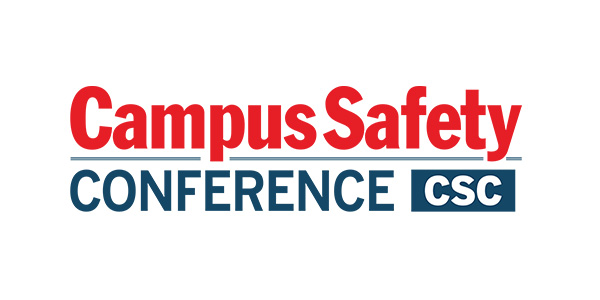[IMAGE]1434[/IMAGE]
Lake Shore Central School District and Phoenix-based Bee Line Bus Transportation LLC have also implemented effective policies to bolster loading zone safety. At Lake Shore, drivers must turn the bus radios down so that they don’t become distracted, they must watch the buses in front of and behind them and they must leave enough space in the bus line-up for the emergency exits to be opened if necessary, according to Dallessandro.
Bee Line Bus General Manager Kathy Roadlander says that before drivers can leave the zones in the afternoons, they must do a curb check and communicate with one another via their two-way radios to ensure that all students have boarded. The bus doors are then shut, and only school administrators are authorized to open the doors if necessary.
“At one school that we serve, the drivers are not permitted to close the bus doors and leave after students have unloaded until the school opens its doors,” Roadlander adds. “That way, all of the children are supervised as they enter the building.”
Train Students on Bus Safety; Convey Behavior Expectations
School bus drivers are not the only individuals who need to follow rules to maximize safety in loading zones. The students themselves must understand how they should behave in and around this area to prevent injuries and fatalities.
Buster the School Bus and Barney the School Bus are popular tools for teaching students about school bus safety. Lewistown Public Schools’ transportation staff uses the latter robotic bus, while the Oregon DOE and the Kansas State Department of Education (KSDE) use Buster. Larry Bluthardt, director of the KSDE’s School Bus Safety Education Unit, says that an instructor travels to elementary schools and Head Start programs in the state from September to
May to educate students.
Operations have also implemented a number of practices and programs to help students remember to use caution around loading zones.
Klippenes says that when students need to cross the street after leaving their buses, the drivers secure the buses and then walk the students across the street, reminding them to look both ways before crossing.
Huillet asks schools in Oregon to employ a similar practice. “If there are any crosswalks that go through a loading loop, I ask the schools to get a crossing guard out there so that kids can get across safely,” he says.
In addition to visiting Columbia County Schools’ elementary schools with Buster, Porter says a team of drivers use puppets to convey bus safety measures. Each year, the district also hosts a back-to-school safety festival. The transportation department has a bus onsite, and bus drivers give a safety presentation. Students and parents are allowed to board so that students can become familiar with proper loading and unloading procedures.
Dallessandro says his department has established a driver-in-the-classroom program wherein one of Lake Shore’s drivers visits each elementary school classroom once a year to discuss bus safety.
“For the last three years, one of our driver trainers has gone to our high school in the summer, and she speaks to the driver’s ed class about the school bus environment and what young motorists need to be aware of in the school lots and elsewhere,” he adds. “She also has the students sit in the driver’s seat of the bus and look in all of the mirrors so that they can see the difference between what our drivers see versus what they, as 16- or 17-year-old motorists, see in their cars.”
Transportation Supervisor John Nunes says that Vail School District’s transportation staff uses its annual bus evacuation drill sessions to relay its expectations about student behavior. The bus rules and loading and unloading procedures are also posted on the transportation page of the district’s Website.
“Each student gets an agenda with a calendar, places for notes, etc., at the beginning of the school year and we put all of our bus rules in the agenda,” Flores adds.
Partnering With School Staff Is Crucial
For as much as pupil transportation professionals do to teach students about bus safety and proper behavior around loading zones, Derek Graham, section chief of transportation services for the North Carolina Department of Public Instruction, says school staff members should play a large role in educating students as well.
“It falls on the folks at the schools to help students learn what they need to do to be safe in the loading zones,” he says. This includes looking both ways prior to crossing a street and staying orderly on sidewalks because there are vehicle travel lanes beside them.
In order for school administrators and staff to work with students on this issue, it is essential for pupil transporters to share their knowledge and expertise.






